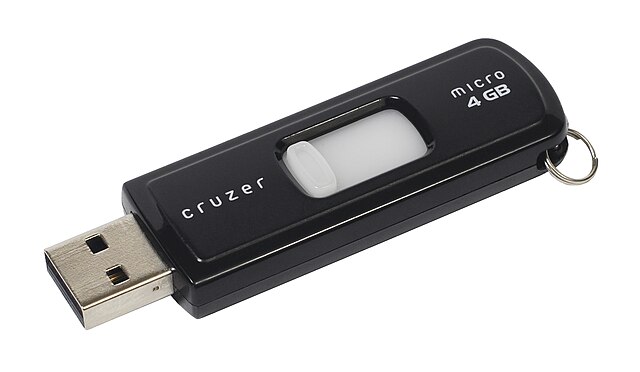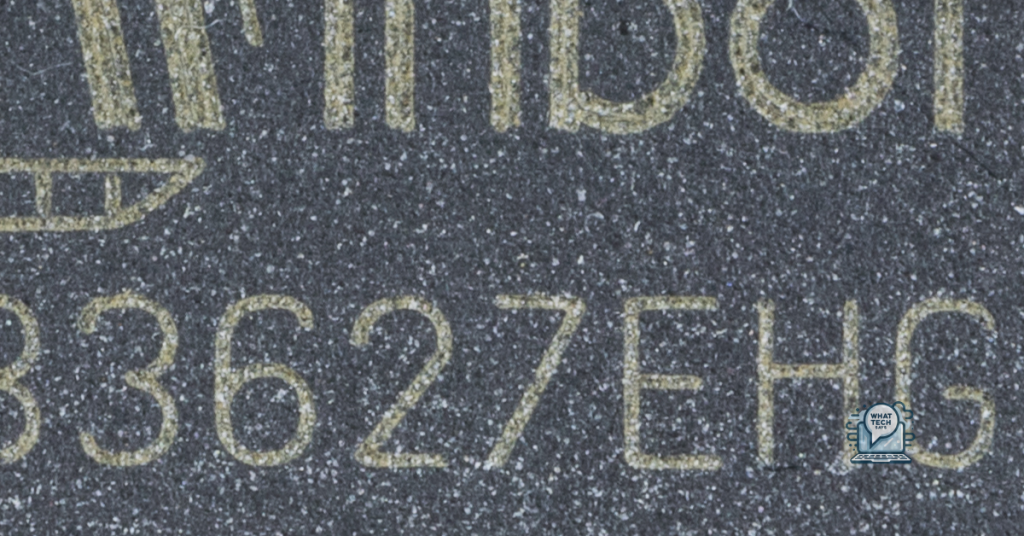Summary
- Download the Windows 7 ISO and Rufus.
- Use Rufus to create a bootable USB drive.
- Ensure your computer’s BIOS is set to Legacy mode.
- Install Windows 7 using MBR in Legacy BIOS mode.
Looking to install Windows 7 in Legacy BIOS mode? This article provides an easy way to do so.
Creating Bootable USB Drive for Legacy BIOS

- Download Windows 7 ISO
- Download Rufus
- Insert a USB Drive
- Open Rufus
- Select the USB Drive
- Select the Windows 7 ISO
- Click “Start”
- Wait for the process to complete
Installing Windows Using MBR in Legacy BIOS Mode
To install Windows using MBR in Legacy BIOS mode, you will need a boot disk or USB flash drive with the Windows installation files. First, insert the boot disk or USB flash drive into your computer. Restart your computer and press the necessary key to enter the boot menu. Select the boot disk or USB flash drive from the list of options.
Once the Windows installation process begins, follow the on-screen instructions to select your language, time and currency format, and keyboard or input method. When prompted to choose where to install Windows, select your hard drive and click “New” to create a new partition. Then, format the partition and continue with the installation.
After the installation is complete, your computer will restart and boot into Windows using MBR in Legacy BIOS mode.
Differentiating Between UEFI and BIOS Modes in WinPE
| Feature | UEFI Mode | BIOS Mode |
|---|---|---|
| Boot Process | Uses UEFI firmware to boot the system | Uses BIOS firmware to boot the system |
| Partitioning | Supports GUID Partition Table (GPT) | Supports Master Boot Record (MBR) |
| Security | Supports Secure Boot and TPM | Does not support Secure Boot or TPM |
| Compatibility | Can run both UEFI and BIOS-based operating systems | Can only run BIOS-based operating systems |
python
# Sample code for creating a tool associated with installing Windows 7 legacy BIOS
# This is a simple Python script that could be used to automate certain steps in the installation process
import os
def install_windows_7_legacy_bios():
# 1. Boot the computer from the Windows 7 installation media.
boot_from_media()
# 2. Select the language, time, currency, and keyboard input method
select_language_and_input()
# 3. Click "Install Now"
click_install_now()
# 4. Accept the license terms
accept_license_terms()
# 5. Choose "Custom (advanced)" installation type
select_custom_installation()
# 6. Select the drive for installation
select_installation_drive()
# 7. The installation process will begin
start_installation_process()
def boot_from_media():
# Code to boot the computer from the Windows 7 installation media
os.system("boot from Windows 7 installation media")
def select_language_and_input():
# Code to select the language, time, currency, and keyboard input method
# This could involve simulating mouse clicks or keystrokes
pass
def click_install_now():
# Code to simulate clicking the "Install Now" button
pass
def accept_license_terms():
# Code to accept the license terms
pass
def select_custom_installation():
# Code to select the "Custom (advanced)" installation type
pass
def select_installation_drive():
# Code to select the drive for installation
pass
def start_installation_process():
# Code to start the installation process
pass
# Call the function to install Windows 7 with legacy BIOS
install_windows_7_legacy_bios()
Ensuring Proper Boot Mode for Legacy BIOS Installation
To ensure proper boot mode for Legacy BIOS installation, you need to access your computer’s BIOS settings. Restart your computer and press the designated key (usually F2, F12, or Del) to enter BIOS. Once in BIOS, navigate to the Boot menu and ensure that the boot mode is set to Legacy BIOS mode. Save your changes and exit BIOS.
After this, you can proceed with the Windows 7 installation using Legacy BIOS mode. It’s important to follow the on-screen prompts and select the correct boot device (e.g. DVD or USB) to begin the installation process.
Once Windows 7 is successfully installed, you can verify the boot mode by checking the system information or using a system information tool. This will confirm that the installation was done in Legacy BIOS mode.

